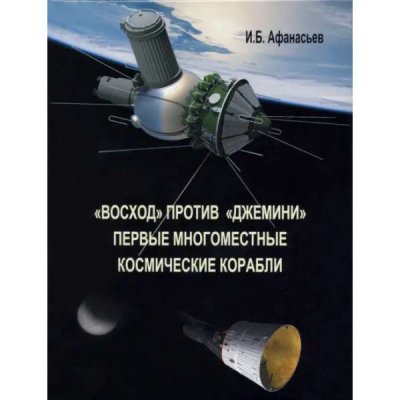Sunrise vs. Gemini. The first multi - seat spaceships
The contours of the vehicles for the first human spaceflight - "Vostok" and "Mercury" - have only just appeared on the drawing boards, and their creators have already thought about what will happen next. To achieve the Moon as the next goal, which seemed obvious in case of success in "taking orbit", not only much more complex means were required - fundamentally new technologies were needed. The estimated duration of the first flights into space was calculated in hours and days, the new task required to increase this time to weeks, and in the future, possibly months. To work on the lunar surface, it was necessary to master the exit of a person outside the sealed cabin. After a long flight in zero gravity, the pilot had to be returned to Earth in one piece, which means that it was necessary to reduce overloads during return - hence the need to master controlled descent in the atmosphere. Future missions assumed solutions to the tasks of searching, rendezvous and docking of vehicles in space. The simplest first spaceships were not suitable for mastering all these complex technologies: they were intended only to confirm the very possibility of human flight beyond the earth's atmosphere and to test its performance in completely new conditions. Other, more adequate means were needed to solve new problems. Creating a fundamentally new technology that can immediately meet new goals is a possible, but extremely resource- and time-consuming option that does not promise unconditional success. In the conditions of the unfolding space race, the idea of the appearance of intermediate ships was formed, designed to pave the way from the first - rather primitive - vehicles to new, more advanced systems. This book tells about how and on what grounds the appearance of Voskhod was formed in the USSR and Gemini in the USA, how the tasks were solved. The publication is addressed to a wide range of readers interested in the history of Russian and world rocket and space technology, however, the main emphasis is on young people who begin to get acquainted with cosmonautics and have only general initial training in this field. The book is supplemented with a large number of illustrations, including those made specifically for this edition. The headings of the chapters use photographs taken by American astronauts and Soviet cosmonauts during the flights of Mercury, Gemini, Vostok and Voskhod, as well as photographs from the archives of NASA and Roscosmos.
No reviews found





